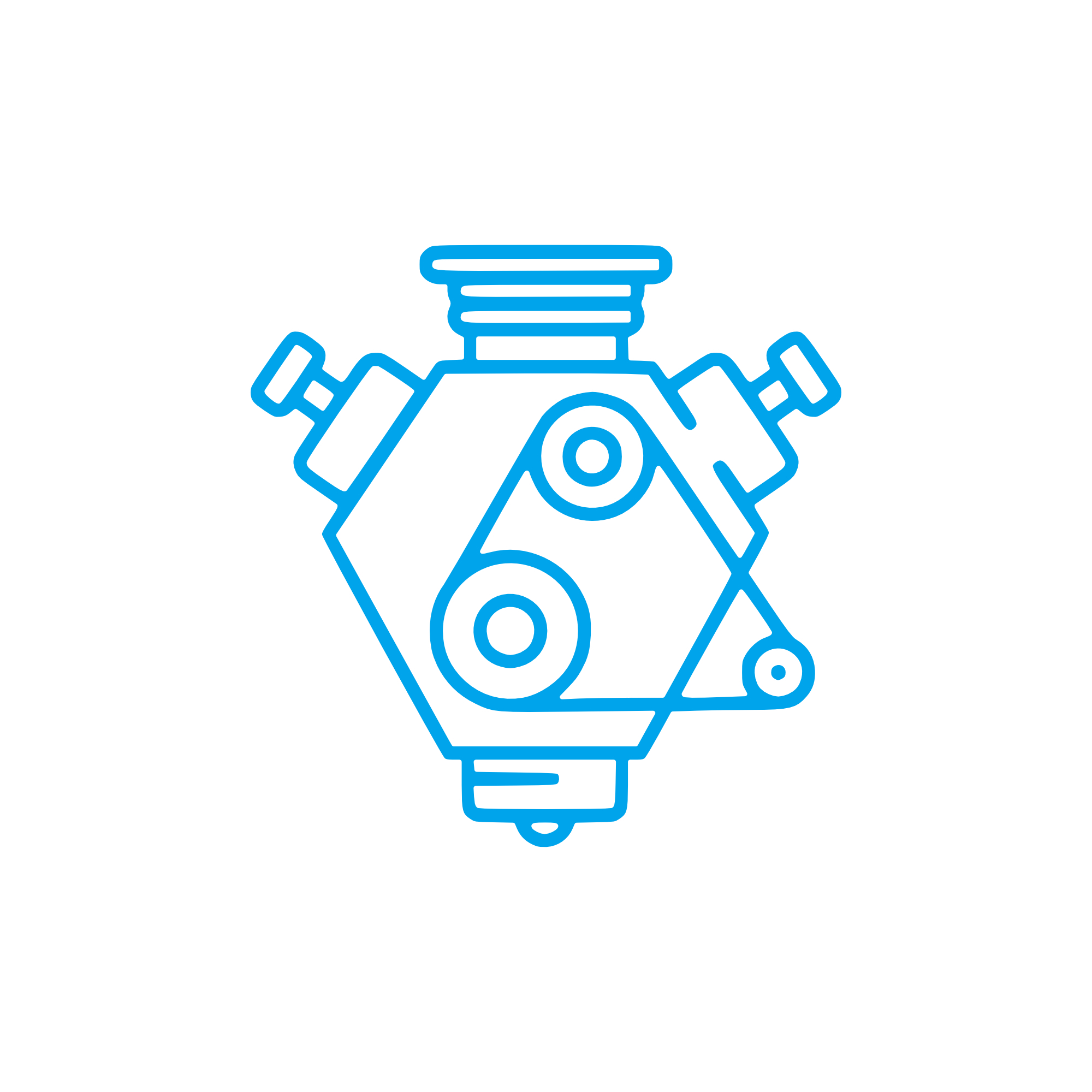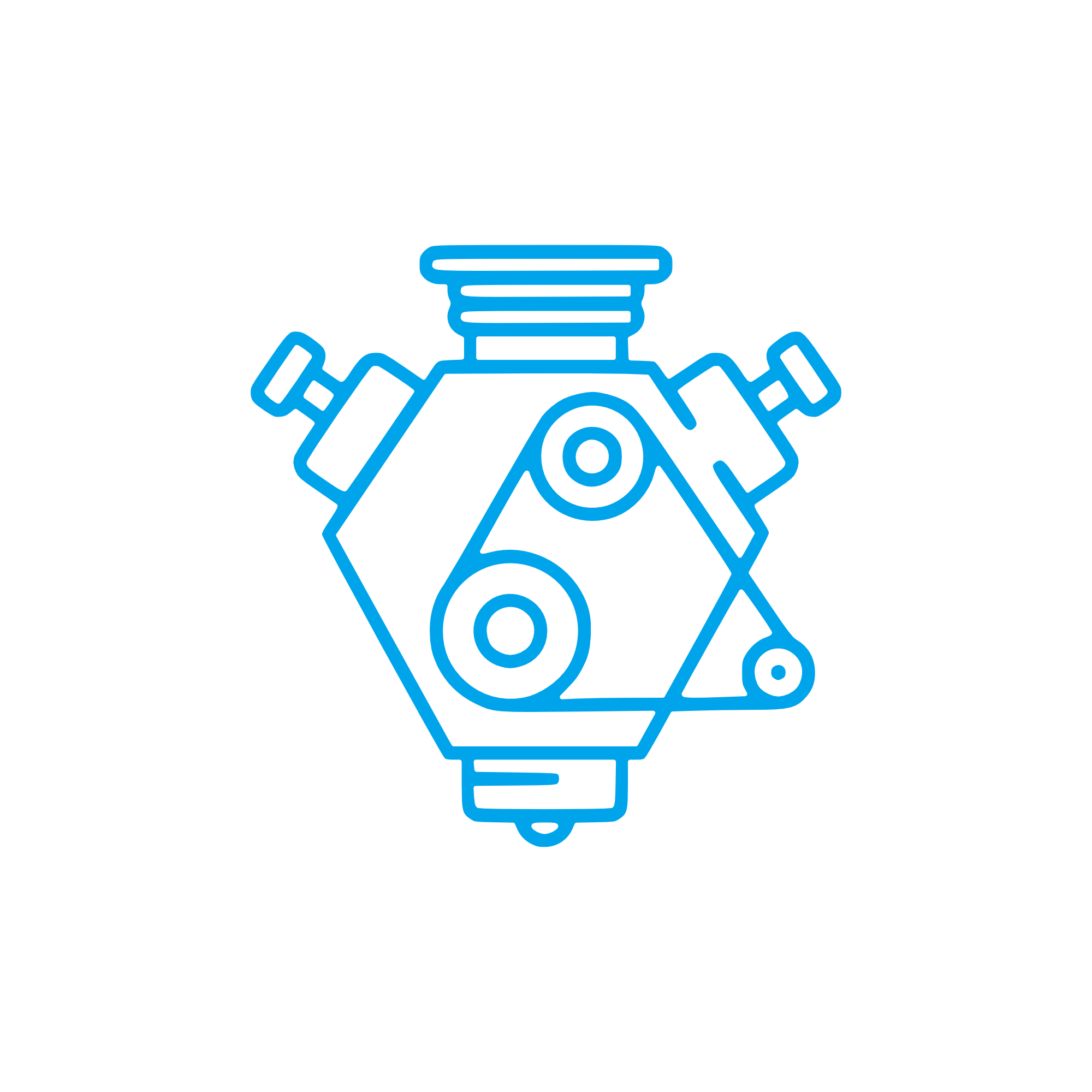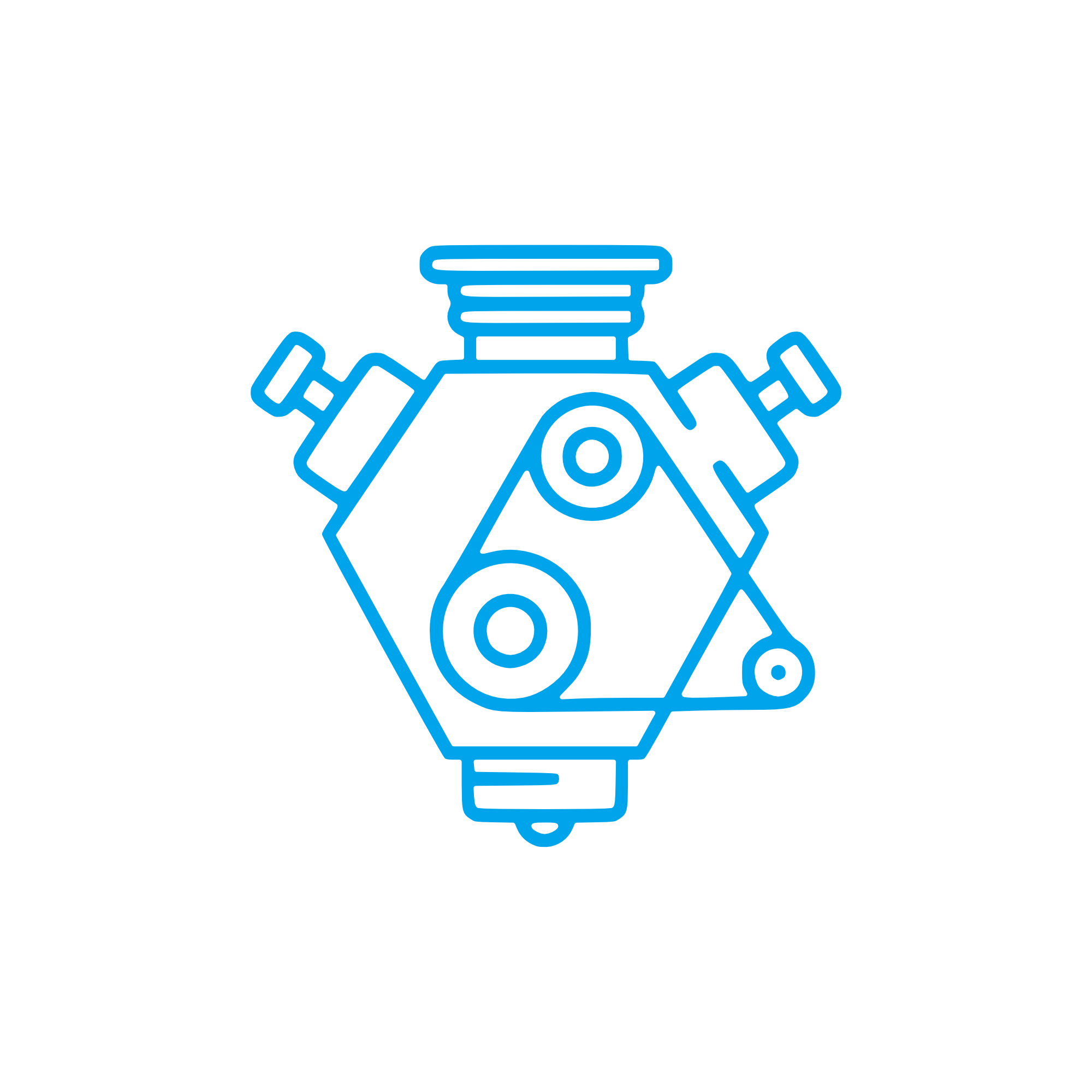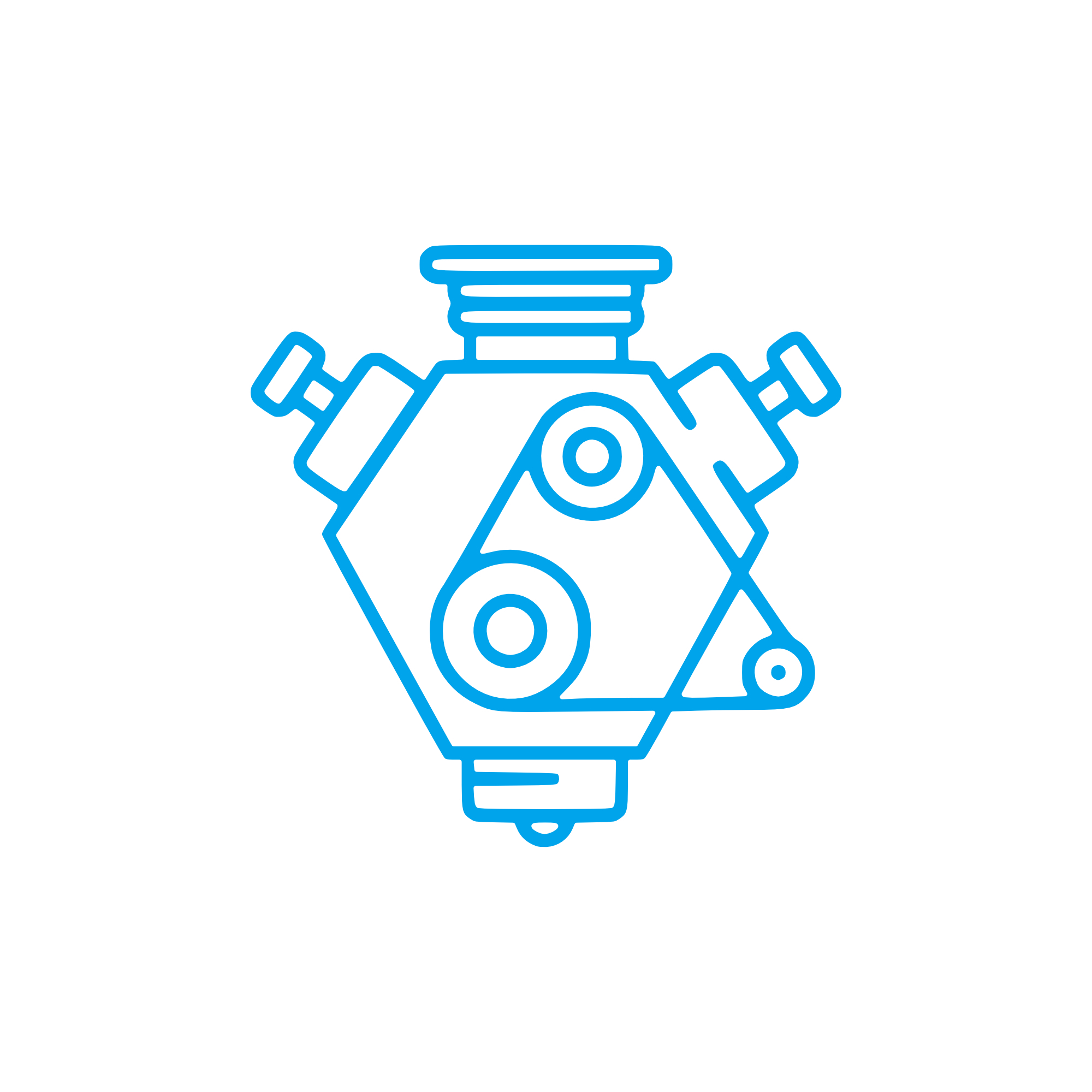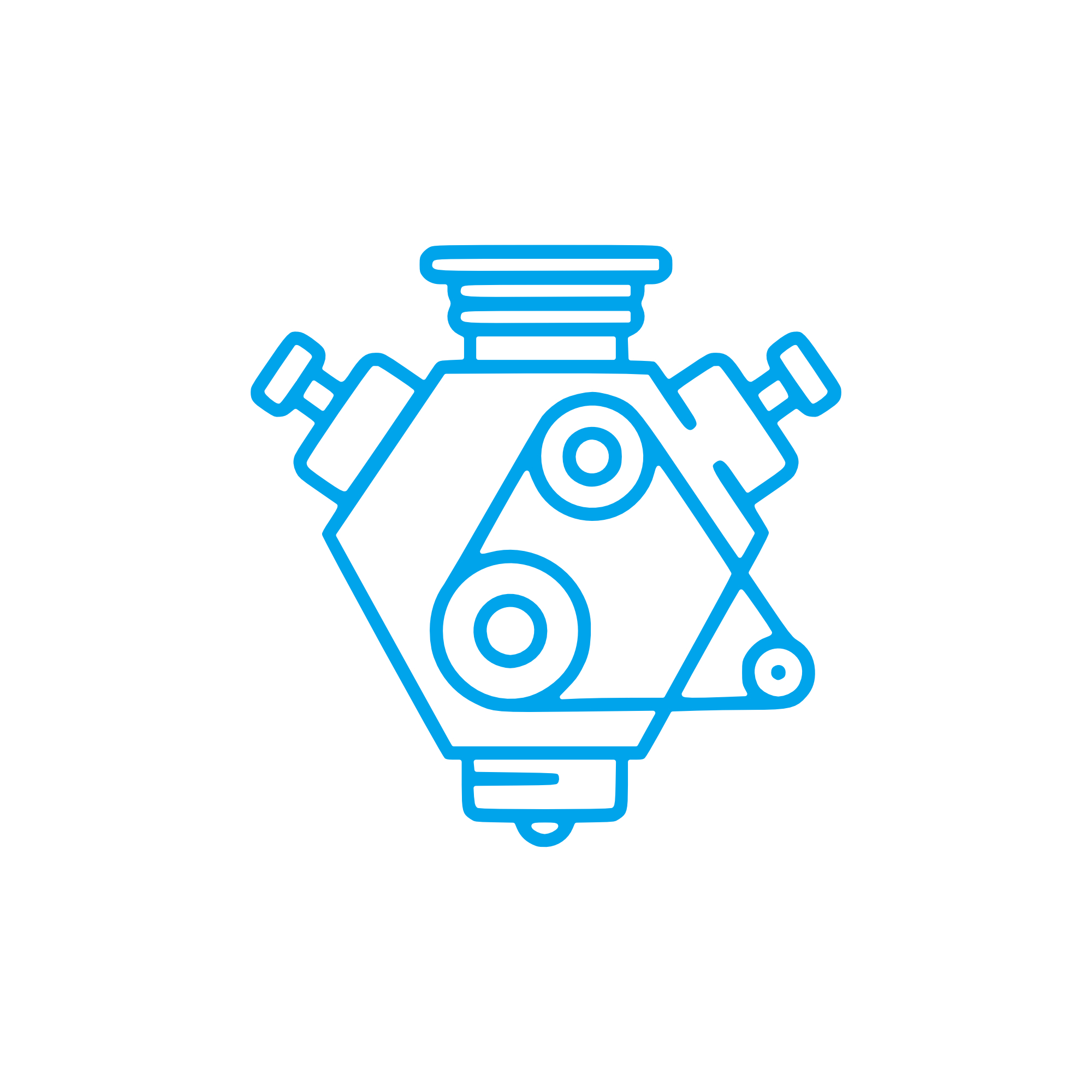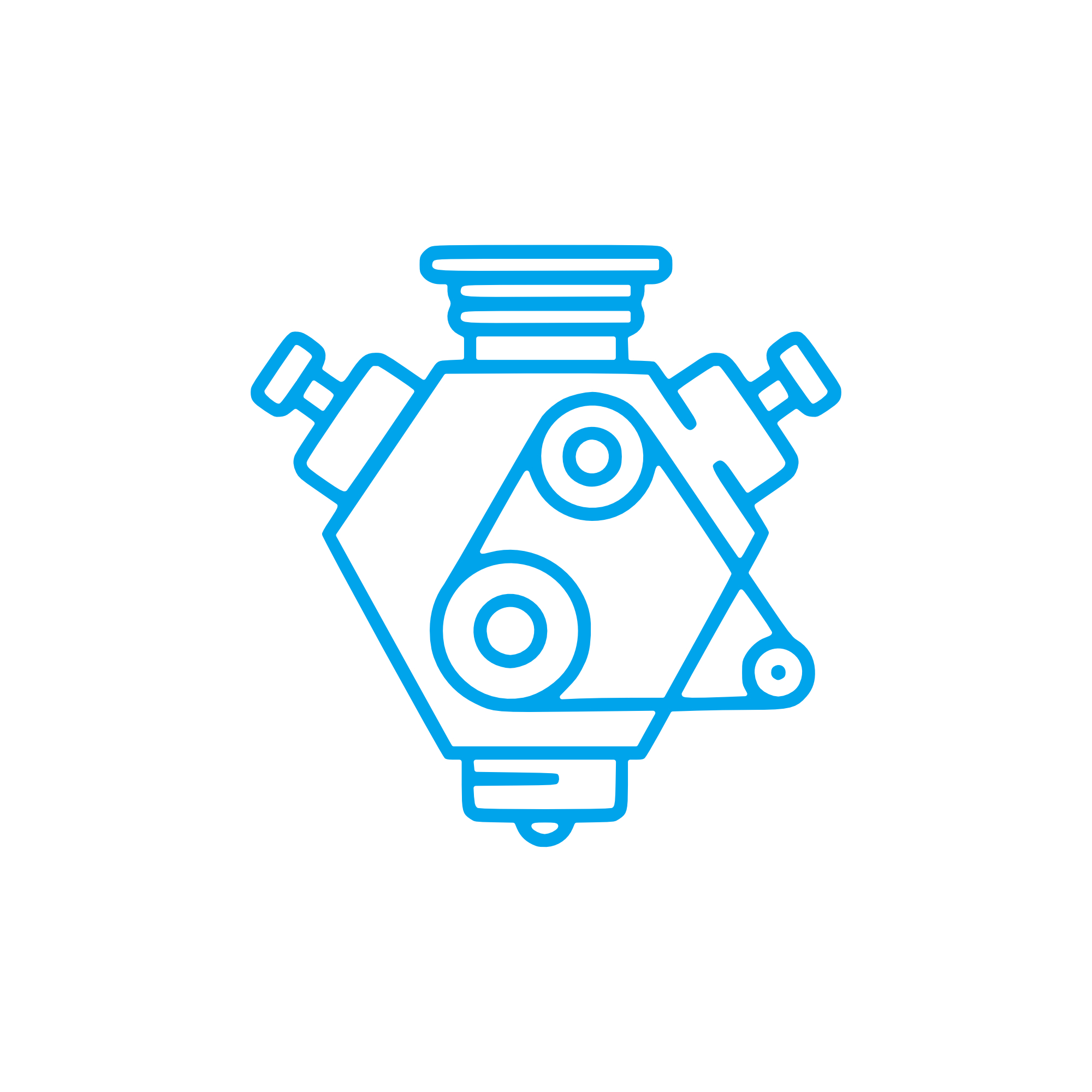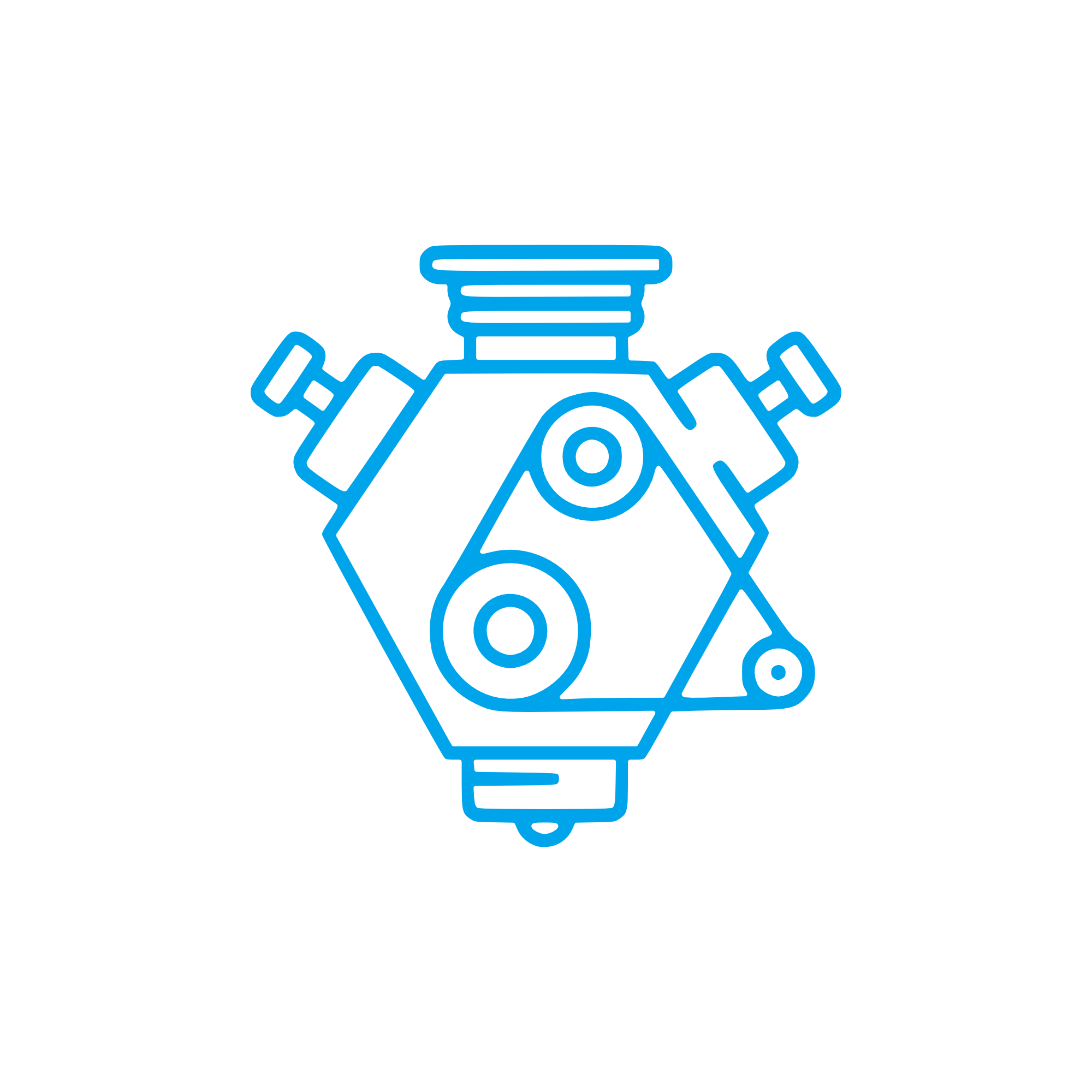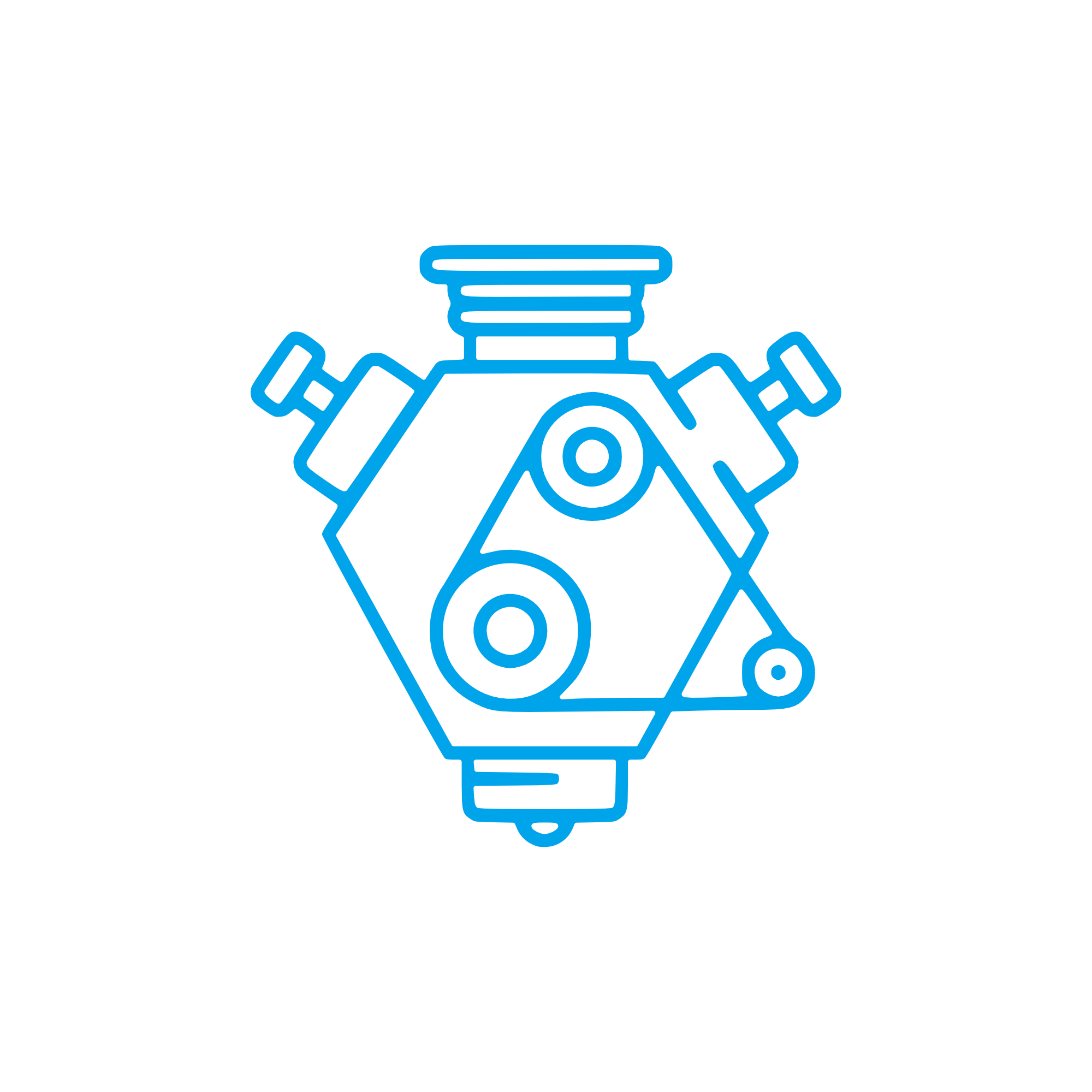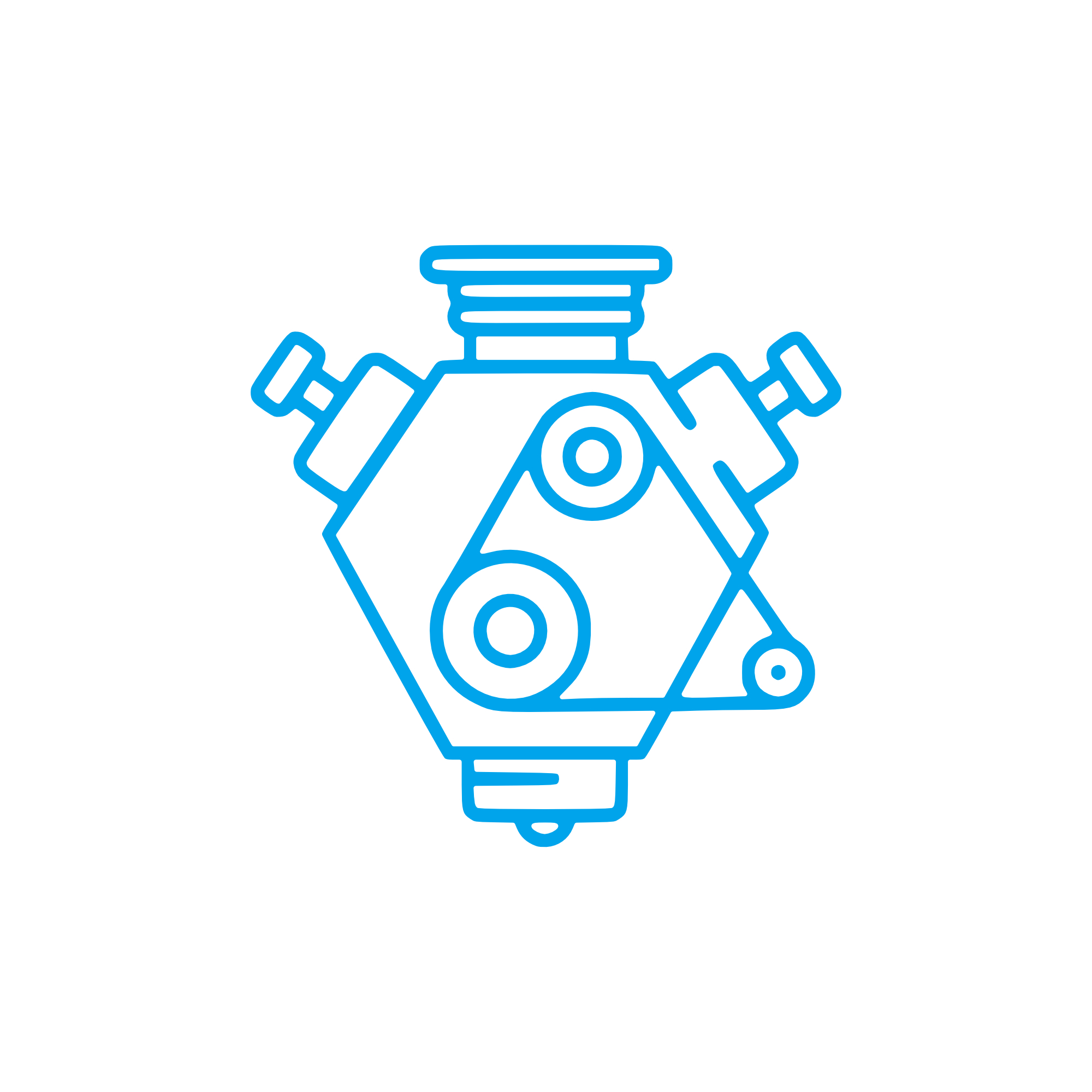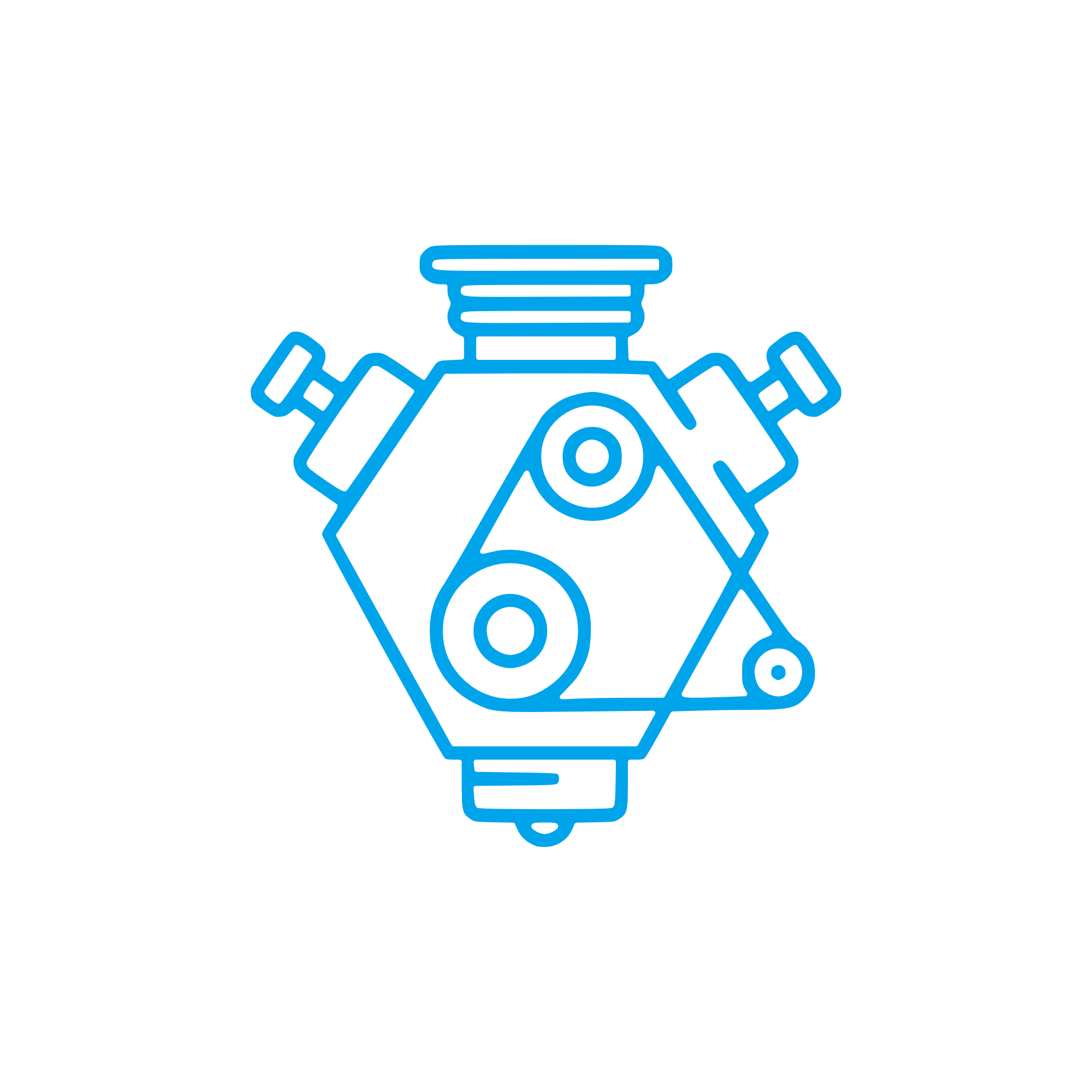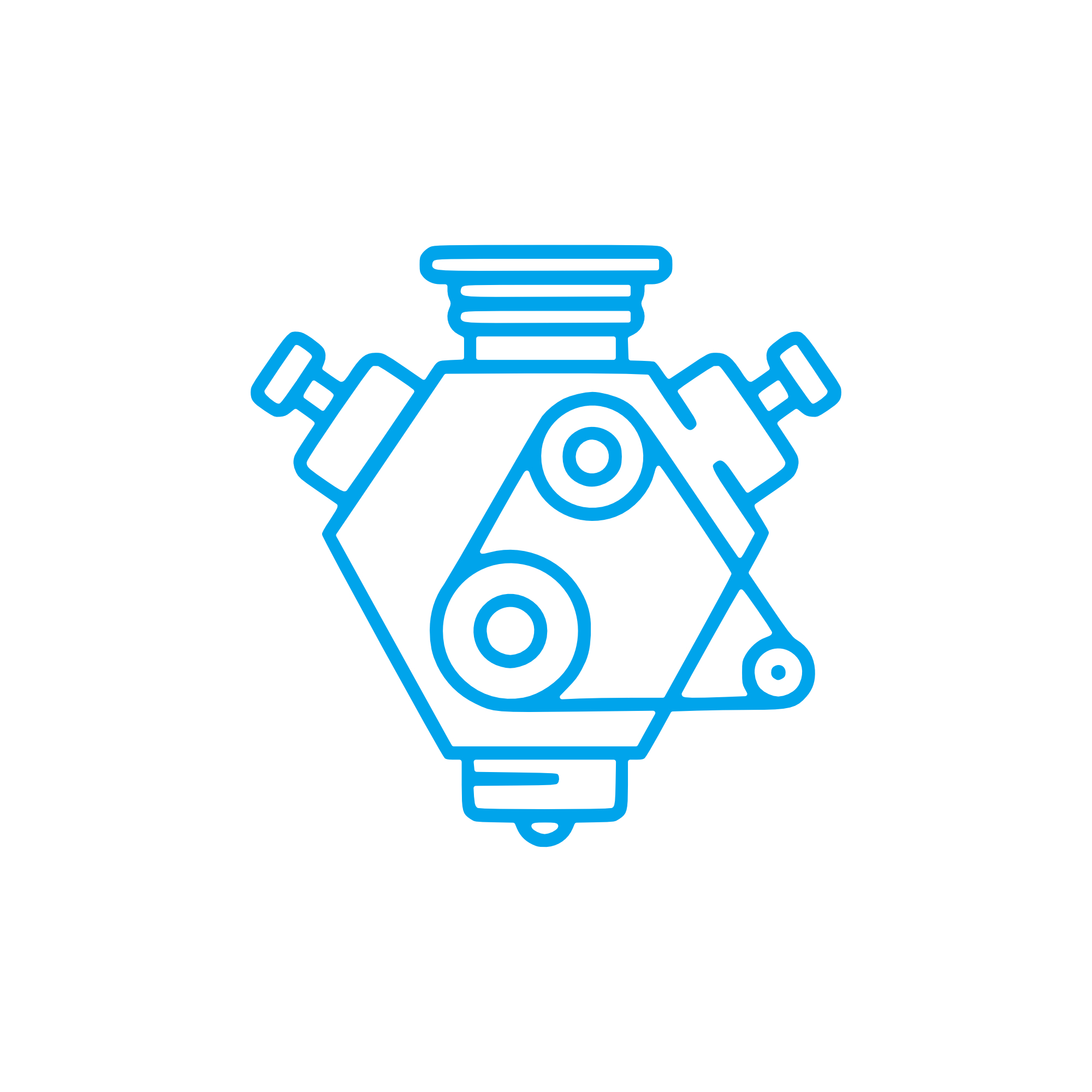THRUST BEARING SHELL in Engine Drive Components for Diesel and Marine Engines
Engine drive components form the backbone of power transmission inside a combustion engine, converting cylinder pressure into usable rotation and thrust. This category covers the assemblies that carry, guide, and protect the rotating group: crankshaft main and rod bearings, the THRUST BEARING SHELL, couplings, gear trains, torsional vibration dampers, and shafting. In heavy-duty applications—whether a marine engine turning a propeller, a diesel engine driving a generator, or a gas engine powering compressors—these components keep loads aligned, friction controlled, and efficiency high.
Among them, the THRUST BEARING SHELL is a precision element that controls axial movement of the crankshaft. It ensures the crankshaft stays centered under forward or reverse thrust from the drivetrain, stabilizes the oil film under high load, and protects mating surfaces from metal-to-metal contact. When engine drive components are specified and maintained correctly, operators gain predictable uptime, longer overhaul intervals, and optimized fuel efficiency.
Technical role of engine drive components and the THRUST BEARING SHELL in a diesel engine
Engine drive components govern how torque is created, carried, and delivered to the load. The crankshaft and main bearings support radial forces; connecting rod bearings convert reciprocating to rotating motion; couplings and gear trains transfer torque to propeller shafts or generators; dampers limit torsional vibration. The THRUST BEARING SHELL—often a tri-metal or aluminum-tin shell with a steel backing—specifically resists axial forces, keeping crankshaft endplay within specification. In a marine engine running at constant load, propeller thrust pushes the crankshaft longitudinally; in a diesel engine with helical gears, axial forces arise from gear mesh. The thrust shells create a hydrodynamic oil wedge on their face pads to carry these loads while minimizing friction and wear.
Technically, a THRUST BEARING SHELL for OEM parts is engineered with controlled face geometry (grooves, tapered lands, and lead-in chamfers) and precise surface finish to promote stable lubrication. Typical constructions feature a steel back for strength, a copper-lead or bronze intermediate layer for load capacity, and a soft overlay (e.g., Babbitt or AlSn) to embed small contaminants and prevent scuffing. Correct oil supply routing, face clearance, and alignment are vital to avoid edge loading and localized heating. When combined with high-quality engine drive components—balanced crankshaft, concentric housings, and accurate coupling alignment—the result is smooth, efficient power delivery.
How a THRUST BEARING SHELL protects the crankshaft in a marine engine
In a fixed-pitch propeller setup, forward thrust drives the crankshaft toward its thrust face; with controllable pitch, reverse thrust events can occur, demanding bidirectional load capacity. The THRUST BEARING SHELL keeps axial float inside the engine builder’s tolerance by carrying thrust on micro-thin oil films—often just a few micrometers thick—held stable by face geometry and oil viscosity. This prevents crank web contact with stationary surfaces, maintains gear backlash, protects oil seals, and preserves correct alignment of the piston/liner pack.
- · High load-carrying capacity with hydrodynamic lubrication on thrust faces.
- · Tight dimensional tolerances to control crankshaft endplay.
- · Proven tribology: steel back, bearing alloy, and soft overlay for seizure resistance.
- · Optimized face grooves and oil holes for stable film formation.
- · Compatibility with diesel engine and marine engine duty cycles.
- · Integration with couplings, gears, and dampers for balanced drivetrain behavior.
Why engine drive components determine reliability and service life
Reliability starts at the bearing interface. If engine drive components are dimensionally accurate and properly lubricated, friction losses fall, vibration decreases, and heat generation stays within design limits. The THRUST BEARING SHELL contributes directly by keeping the rotating assembly axially stable. This stability protects gear trains from thrust-induced tooth wear, keeps couplings within allowable misalignment, and reduces premature seal and liner wear caused by crankshaft movement.
When parts are worn or out of tolerance, failure cascades quickly. Excessive crankshaft endplay allows the webs to “walk,” disturbing the oil wedge and causing mixed or boundary lubrication. Symptoms include metallic smear on thrust faces, overheating, elevated iron/tin in oil analysis, abnormal gear noise, fretting at couplings, and—in severe cases—crankshaft contact with stationary thrust faces. Misaligned housings or contaminated oil can produce localized scoring, while insufficient flow starves the thrust faces and triggers rapid surface distress. Proactive measurement of endplay, verification of oil cleanliness, and adherence to installation procedures are essential to avoid these issues.
Typical failure symptoms when a THRUST BEARING SHELL is out of spec
Operators may see increased axial vibration, unstable idle, abnormal crankshaft position readings, or rising sump temperatures. Visual checks often reveal overlay fatigue, wiped pads, or edge loading marks. Left uncorrected, collateral damage can extend to the crankshaft thrust collars, input gear axial faces, and shaft seals—escalating repair costs and downtime.
Advantages of OEM spare parts suitable for engine drive components
Precision-engineered OEM spare parts suitable for engine drive components help preserve design intent and performance. For the THRUST BEARING SHELL, that means face geometry, metallurgy, and surface condition match the engine specification, enabling the correct oil film and load capacity from commissioning through overhaul. The result is consistent efficiency, predictable wear, and safer operation under transient loads and start-stop cycles.
Beyond technical fit, the operational and financial benefits are clear. Dimensional integrity limits setup time during overhauls; validated materials resist corrosion in marine environments; and documented traceability supports asset management and lifecycle planning. For fleets with mixed powerplants, sticking to OEM-spec shells and associated engine drive components simplifies inventory, reduces the risk of mismatched clearances, and optimizes total cost of ownership through fewer unplanned stoppages.
MOPA as a partner for OEM parts in Engine Drive Components
MOPA is an experienced and reliable partner for OEM spare parts in the Engine drive components category, including the THRUST BEARING SHELL for diesel and gas engines. Customers value our speed in sourcing, consistent quality, and secure handling of logistics across ports and power hubs. We coordinate quickly with manufacturers, verify specifications, and provide clear documentation so your maintenance teams receive the right components—when and where they need them.
Whether you operate a deep-sea vessel, a coastal tanker, or a power-generation plant, MOPA supports critical-path overhauls with responsive delivery, technical clarity, and parts that align with engine maker standards. That combination reduces risk and helps keep assets productive.
Conclusion: Engine drive components and THRUST BEARING SHELL essentials
Engine drive components ensure controlled power transmission, and the THRUST BEARING SHELL is central to managing axial loads that define smooth, efficient engine operation. Choosing OEM spare parts suitable for this category preserves tight tolerances, stable lubrication, and long service life while helping protect budgets through reliable uptime.


